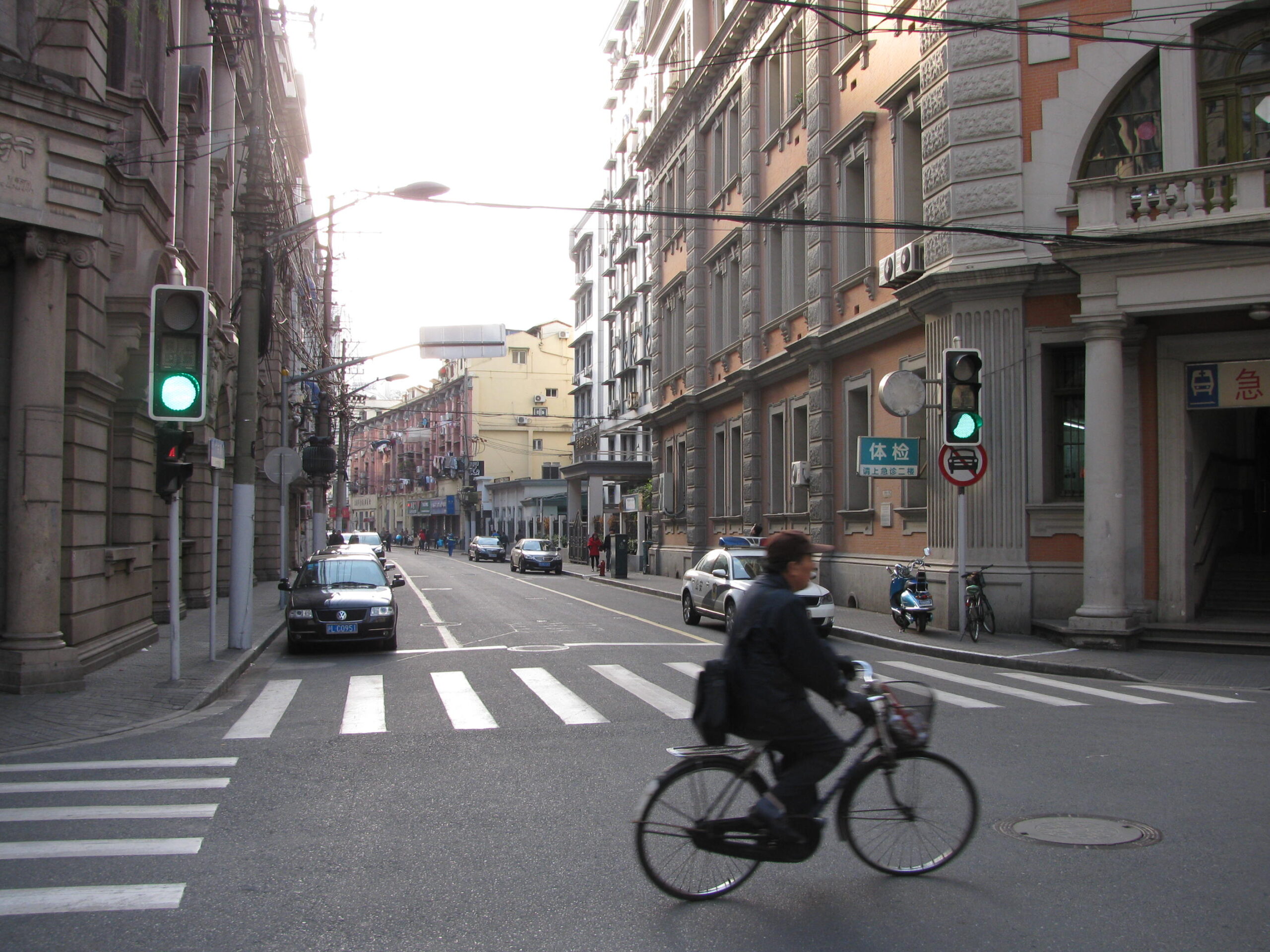China’s demand for imported dairy products will continue to grow because consumer demand will expand faster than local milk production, leading Agrifax senior dairy analyst Susan Kilsby concludes in the Agrifax China Dairy Report 2014, published this week.
The research focuses on the transformation of China’s farming system, from backyard farms to large scale corporate farms, and how this change is affecting China’s milk supply. It follows a research trip to China by Kilsby to investigate factors impacting China’s demand for imported dairy products.
The report states that while dairy prices have fallen this year, the long-term outlook for exports is good. Kilsby commented: “By 2020 China will need to import the equivalent of 20 billion litres of milk to compensate for the shortage in its own milk supply – 75% more than was imported in 2013.
“China’s dairy industry is going through a period of considerable change as it tries to dismiss the poor image gained in 2008 when the melamine crisis hit the world’s media, with the Chinese Government addressing milk quality issues through various forms of legislation designed to consolidate the industry.
“These changes are occuring throughout the industry, from farms to supermarkets, where the number of brands of infant formula is being cut.
“Massive corporate farms are replacing backyard farms in an attempt to improve both the quality and the quantity of milk being produced. The face of China’s dairy farms might be rapidly changing but the underlying issue of the shortage of high quality milk is yet to be resolved. In fact the milk shortage is growing,” Kilsby said.
The Chinese Government initially set a target for domestic milk production of 50 million tonnes by 2015, which equates to a 40% increase from 2013 levels.
“The Chinese Government’s growth projections for domestic milk production are far too ambitious and will not be achieved,” Kilsby believes.
The report states that large farms have high costs of production which, combined with the milk shortage, have inflated the price of raw milk. Imported dairy ingredients such as milk powder are typically cheaper than locally sourced milk and often of higher quality, which is why they are so popular.
China’s demand for dairy ingredients is not only growing but so is its demand for consumer goods imported in finished format. Foreign brands already dominate the infant market and imported brands are rapidly gaining share in China’s vast market for UHT (longlife) milk, the report states.
New Zealand is well positioned to take advantage of the extra demand forecast to come from China because of the strength of existing business relationships but will face increased competition, as other countries also look to China to soak up any surplus dairy supply.
Other key points from the report include:
• 20% of the arable land in China is contaminated.
• China’s per capita consumption of dairy products is forecast to catch up to Korea by 2023.
• 20% of China’s total milk production comes from farms with fewer than five cows
• This year China will need to import more than one million tonnes of alfalfa to feed its dairy cows.
• China will need to import the equivalent of 20 billion litres of milk by 2020.
Copies of the full report can be purchased on the AgriHQ website: http://agrihq.co.nz/shop/product/27




